Thomas, SF, Rooks, PA, Rudin, F, Atkinson, S, Goddard, P, Bransgrove, RM, Mason, PT and Allen, MJ 2014 A comparison between ultraviolet disinfection and copper alginate beads within a vortex bioreactor for the deactivation of bacteria in simulated waste streams with high levels of colour, humic acid and suspended solids. PloS one, 9 (12). e115688. 10.1371/journal.pone.0115688
Preview |
Text
Thomas et al 2014 VBRvsUV PLoSOne.pdf - Published Version Available under License Creative Commons Attribution. Download (541kB) | Preview |
Abstract/Summary
We show in this study that the combination of a swirl flow reactor and an antimicrobial agent (in this case copper alginate beads) is a promising technique for the remediation of contaminated water in waste streams recalcitrant to UV-C treatment. This is demonstrated by comparing the viability of both common and UV-C resistant organisms in operating conditions where UV-C proves ineffective - notably high levels of solids and compounds which deflect UV-C. The swirl flow reactor is easy to construct from commonly available plumbing parts and may prove a versatile and powerful tool in waste water treatment in developing countries.
| Item Type: | Publication - Article |
|---|---|
| Subjects: | Chemistry Ecology and Environment Marine Sciences |
| Divisions: | Plymouth Marine Laboratory > National Capability categories > Added Value Plymouth Marine Laboratory > Science Areas > Marine Biochemistry and Observations |
| Depositing User: | Mike Allen |
| Date made live: | 28 Jan 2016 12:23 |
| Last Modified: | 25 Apr 2020 09:57 |
| URI: | https://plymsea.ac.uk/id/eprint/6764 |
Actions (login required)
 |
View Item |


 Lists
Lists Lists
Lists